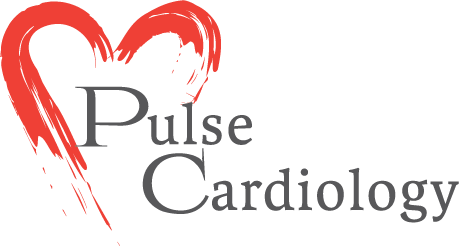What is Cardiac Catheterization, Risks, and Recovery
Changing lifestyles, eating habits and work-related stress has led to an exponential increase of cardiovascular disease worldwide.
That stated thanks to medical advancements, there are a lot of ways a heart can bounce back and allow a person to lead a normal life. One such medical procedure is Cardiac Catheterization.
Click here if you want to learn more about Cholesterol and its affect on the heart
What is Cardiac Catheterization
Well, it is a medical procedure that is used both, to treat and diagnose a specific set of cardiovascular illnesses.
A doctor will insert a catheter (a long thin tube) in a vein or an artery located in the groin of a patient. The location of insertion can also consist of the arm or neck. The goal is to ensure the catheter reaches the heart cavity of the patient.
The reason – well, it is primarily used as a means to run diagnostic tests on a patient.
Risks Involved
Well, it is a medical procedure so it is evident it comes with a certain degree of risks. That stated Cardiac Catheterization risks consist of the following:
- The patient may or may not undergo an allergic reaction to either the medications used during the procedure or the catheter itself
- The site of insertion for the catheter may or may not get infected or bleed profusely. Severe bruising is also common
- There is a chance of the formation of blood clots
- The vein or artery that is being used to insert the catheter may or may not get damaged
- One can also suffer kidney damage
- The patient’s heart tissue may or may not suffer damage
Recovery After Procedure
Cardiac Catheterization recovery is a long process and can involve several hours of monitoring the patient from medical professionals.
As soon as the procedure concludes, the patient will be taken to a recovery room in order to let the person rest while the sedatives administered wears off. The patient will be observed closely. The site where the catheter was inserted will be sutured. The doctor may even use a plug made out of a material that is compatible with the human body enabling the latter to create a clot.
It is very important that the patient rests after the procedure. It is the only way one can keep profuse bleeding at bay. It is also essential in order to ensure that the blood vessel that serves as the route for the catheter to heal properly.
If everything goes well, a patient that went for this procedure can head home on the very same day of the procedure.
In the end, stay in touch with your doctor after you have had the procedure. This way you will be able to know the results as soon as it concludes. That stated, if you also had a biopsy then the results might take a little longer to process. Based on the results, the doctor will set up a treatment plan for you. Be sure to follow their suggestions for the best results.
Please call our office if you wish to schedule an appointment:
+1 (909) 881-7400
